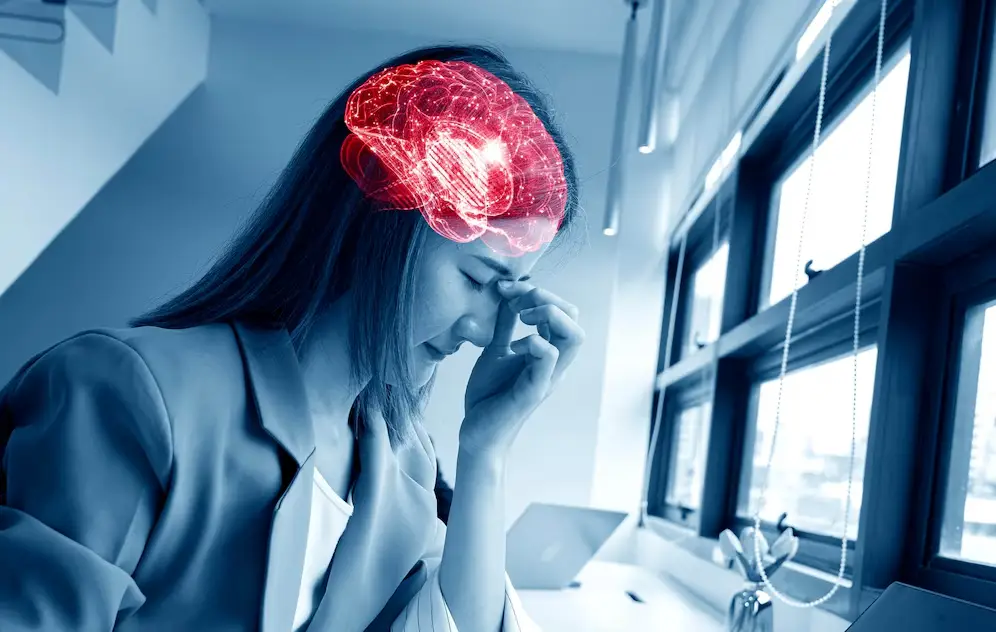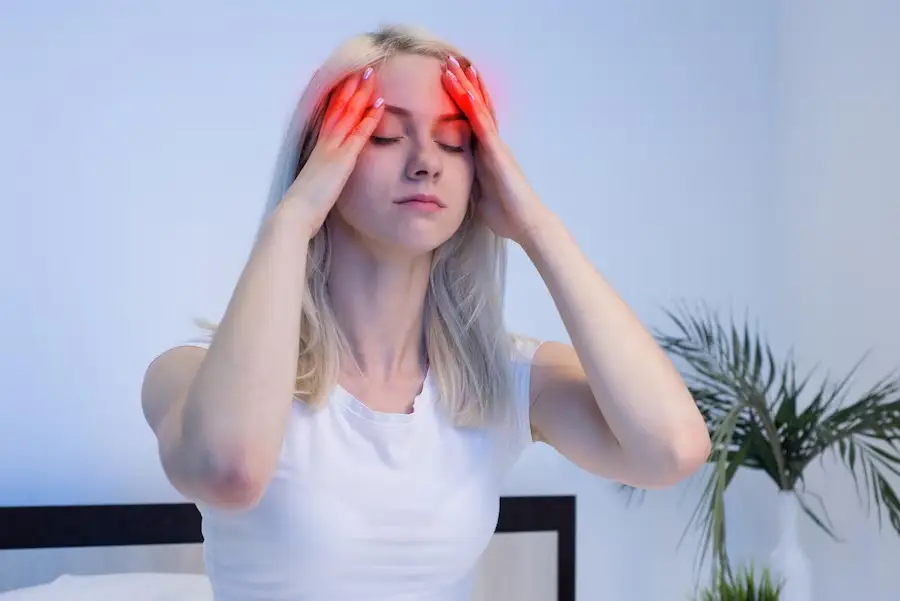Relief from Chronic Migraine: New & Future Treatments!
Chronic migraine is a complex and disabling illness that merits a complex long-term approach. There’s no cure for chronic migraine, but over the years, several treatments have been developed to reduce how often and how powerful episodes are and manage symptoms. With continuing research, novel treatments are being introduced, and there is hope for improved management of this condition. Here’s a rundown of existing and soon-to-come treatments for chronic migraine:

Existing Therapies for Chronic Migraine
- Acute Migraine Treatments: Acute treatments work to stop a migraine attack after it has started. Common options include
- Pain relievers: Common over-the-counter pain medications like ibuprofen, aspirin , or acetaminophen can relieve mild migraine pain.
- Triptans: These include prescription medications like sumatriptan and zolmitriptan, which focus on serotonin receptors in the brain and help to relieve the severity and length of migraines.
- Anti-nausea drugs: Your child may get nauseous and vomit along with his headache. Medications such as metoclopramide or prochlorperazine may help relieve these symptoms during an attack.
- Ergotamines: These drugs are used less often than triptans but may be an alternative for patients with acute attacks, particularly for migraines with longer duration.
- Preventive Medications: Preventive drugs are regular medications used to reduce the number and severity of migraines. These include:
- Beta-blockers (such as propranolol and metoprolol): Typically given to reduce both high blood pressure and migraine.
- Anticonvulsants (such as topiramate and valproic acid): These medications, which are used to treat epilepsy , are also effective in decreasing the frequency of migraines.
- Antidepressants such as amitriptyline or venlafaxine: Some antidepressants can decrease how often you get migraines as they balance chemicals in your brain.
- CGRP inhibitors, including the monoclonal antibodies erenumab, fremanezumab, and galcanezumab, act on calcitonin gene-related peptide (CGRP), a protein in the body that plays a role in migraine pain transmission, and work to prevent migraine attacks.
- Injectable Botox: Botox, short for botulinum toxin, has been approved by the FDA for chronic migraines. Botox prevents migraines by blocking chemicals that help transmit pain. The injections are typically administered every 12 weeks at specific sites on the head and neck.
- Lifestyle Changes: Lifestyle modifications also can be significant in preventing migraines and include the following:
- Maintain regular sleep habits: Avoid changes in sleep patterns to prevent a headache.
- Changes in your diet: Some foods are known to trigger migraines (chocolate, alcohol, caffeine), so avoiding them may reduce the number of migraines you experience.
- Managing stress: Learning to practice tools such as yoga, meditation, and relaxation exercises can help prevent migraines.
- Regular exercise can help prevent migraines by promoting good overall health and decreasing stress.

Novel Therapies for the Treatment of Chronic Migraine
- CGRP Monoclonal Antibodies: The new CGRP drugs are an exciting development in managing chronic migraines. These medications are intended to either inhibit CGRP receptors or curb levels of the peptide within the body, which are heavily involved in the pathogenesis of migraines. The treatments are available as follows:
- Injectable medications: The CGRP monoclonal antibodies erenumab, fremanezumab, and galcanezumab are the most advanced injectable medications for reducing the frequency of migraines at this time. There are therapies that prevent attacks and are generally administered once per month or once every three months.
- Oral CGRP antagonists: Oral CGRP antagonists, such as rimegepant and ubrogepant, are used to treat acute migraines and encourage the treatment of patients with frequent migraines.
- Neuromodulation Therapy: Neuromodulation tools that rely on electrical pulses to influence activity in nerves are a promising solution for treating chronic migraine.
- Transcranial magnetic stimulation (TMS): An externally applied magnetic pulse that stimulates parts of the brain related to migraine pain. So far, TMS has been promising for decreasing the occurrence and intensity of migraines.
- Occipital nerve stimulation (ONS): This treatment requires inserting a tiny device under the skin in the area of the back of the head to provide electrical stimulation to the occipital nerve. ONS is successful in some patients with chronic migraine.
- Transcranial direct current stimulation (tDCS): tDCS involves applying a weak electric current to particular brain regions. Preliminary studies indicate that it may successfully decrease the frequency of chronic migraines.
- Pulsed Radiofrequency Ablation: This therapy uses radio frequency waves to reach select nerves linked to migraine pain. It is a minimally invasive surgery intended to reduce signals of pain to the brain. More research is necessary, but pulsed radiofrequency therapy may be a non-medication option for chronic migraines.
- Ketamine Infusion Therapy: Ketamine, a dissociative anesthetic, is being studied as a way to treat chronic migraine (primarily after other attempts have failed). He uses low-dose ketamine infusions by IV to help decrease the frequency and severity of migraines. It is frequently employed for patients with refractory migraine or those for whom other agents have failed.
- Acupuncture and Acupressure: Acupuncture isn’t a new migraine treatment, but it’s gaining some attention as an alternative treatment for chronic migraines. Migraine The research has proven that acupuncture can ease both the frequency and severity of migraine attacks by stimulating specific points in the body. Acupressure, similar to acupuncture, involves applying pressure to specific points, which might also be helpful for some people.
- Psychedelic-Assisted Therapy: Early research has shown that compounds like psilocybin (found in certain mushrooms) and LSD may help lessen the occurrence of chronic migraines. Such substances are thought to be neuroplastic, potentially “rewiring” or resetting the brain and decreasing migraine triggers. This field is still in its fledgling stage, but there have been promising results.

Conclusion
Despite chronic migraines still being a complex condition to treat, the days are getting brighter for those who suffer. Chronic migraine treatment is changing from the standard options of the past to the newer options of CGRP treatment, neuromodulation, and even psychedelic-assisted therapy. For those who have chronic migraines, it’s essential to work closely with your healthcare provider to figure out a treatment plan that works best for your needs. As further research and ingenuity rise to the challenge, relief from chronic migraines might be more practical and attainable shortly.
